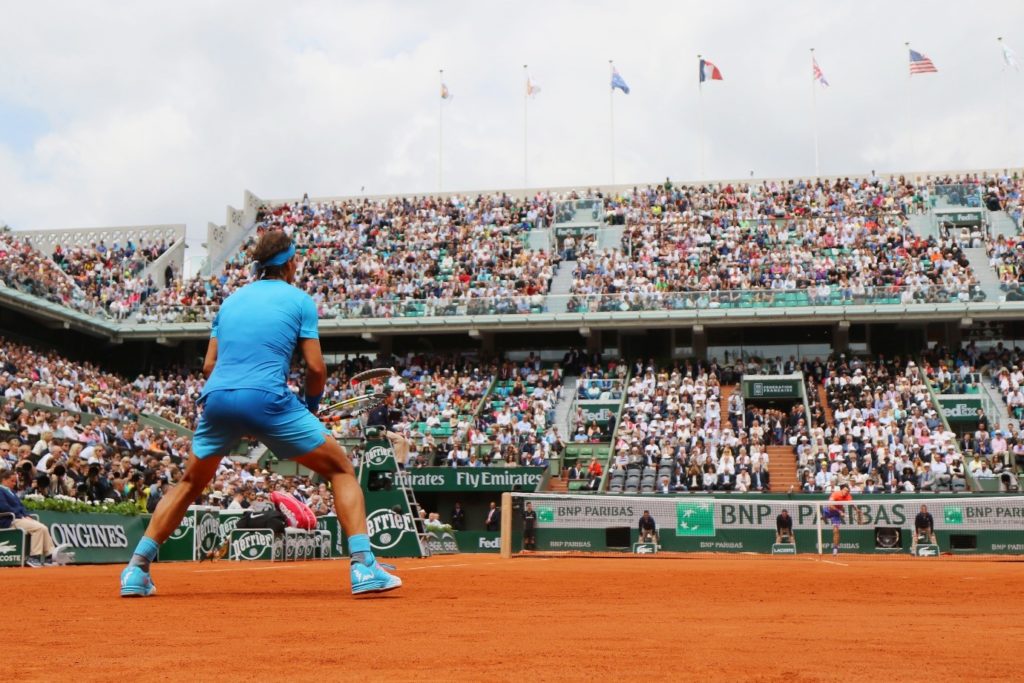None of the four tennis major Grand Slam tournaments will feature extended final sets, as of this season – as part of a trial. This was the news announced by the Grand Slam board, who hope the decision will ensure “greater consistency” and “enhance the experience for the players and fans alike”.
Under the new rules, a tie break will only commence if the final set is 6-6, and the winner will be the first player to reach 10 points, with an advantage of two or more points. This rule is set to be rolled out in both singles and doubles tournaments, including qualifying matches, wheelchair and junior tennis fixtures.
While extended final sets can make it tricky to predict the winner, particularly when looking at the latest Betfair tennis odds, we have seen some arduous and excessively lengthy final sets in recent years – not least involving American John Isner.
At Wimbledon, in 2010, he won his first round match over Frenchman Nicolas Mahut with a mammoth final set victory of 70-68. And in the same competition as recently as 2018, he was on the losing end of his semi-final clash with Kevin Anderson – this time with a slightly less lengthy set (26-24). The former is the longest match in Grand Slam history – at 11 hours and five minutes, played over three days – and you can see why change is needed.
Of course, the change in rules isn’t expected to be universally popular – particularly when you consider that the women’s game already adopts a best-of-three structure. However, the main aim of the trial is to see how it will affect the Grand Slam tournaments, before rolling out a permanent change. A statement on behalf of the board revealed:
“The Grand Slam Board plan to review the trial during the course of a full Grand Slam year, in consultation with the WTA, ATP and ITF, before applying for any permanent rule change.”
All four Grand Slam tournaments have enforced different rules, when it comes to the final sets of single matches – and the French Open at Roland-Garros is the only major tournament which doesn’t have a final set tiebreak. The Australian Open is the only major to already follow this newly enforced structure. The US Open uses a conventional tiebreak, whereby at 6-6, the first player to seven is the winner; while at Wimbledon, a tiebreak isn’t played until the score reaches 12-all, and the winner is the first to score seven points and win by a two-point margin.
It’s at Roland-Garros where the new rules will come into play, and the clay-court tournament commences in late May. It’s already understood that despite his stance on the vaccination, World Number 1 and reigning champion Novak Djokovic will be allowed to enter the French Open. While the record holder and 13-time winner, Spaniard, Rafael Nadal, seemed unbothered by the new changes.
Speaking after one of his Indian Wells Master matches, Nadal explained:
“I don’t think in Roland Garros makes a big impact. My opinion the biggest impact going to be in Wimbledon. […] But I don’t feel that for Roland Garros change a lot.”
Of course, some of tennis’ most epic battles have been a long hard slog, and eradicating those from the game may not be a popular move. Since the pandemic, there have been changes across the board, and not solely with regards to the four major Grand Slam tournaments. While the change is only temporary at this stage, it’s hoped the shake-up can provide a more consistent solution to tight matches.

